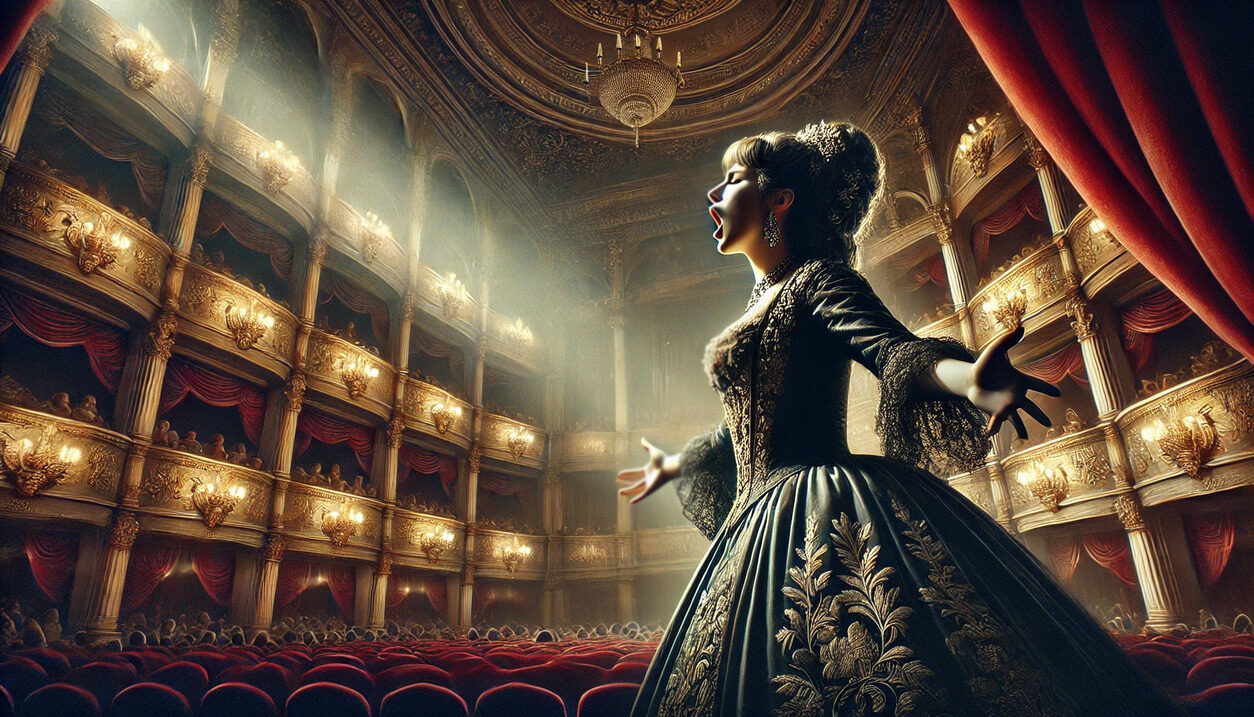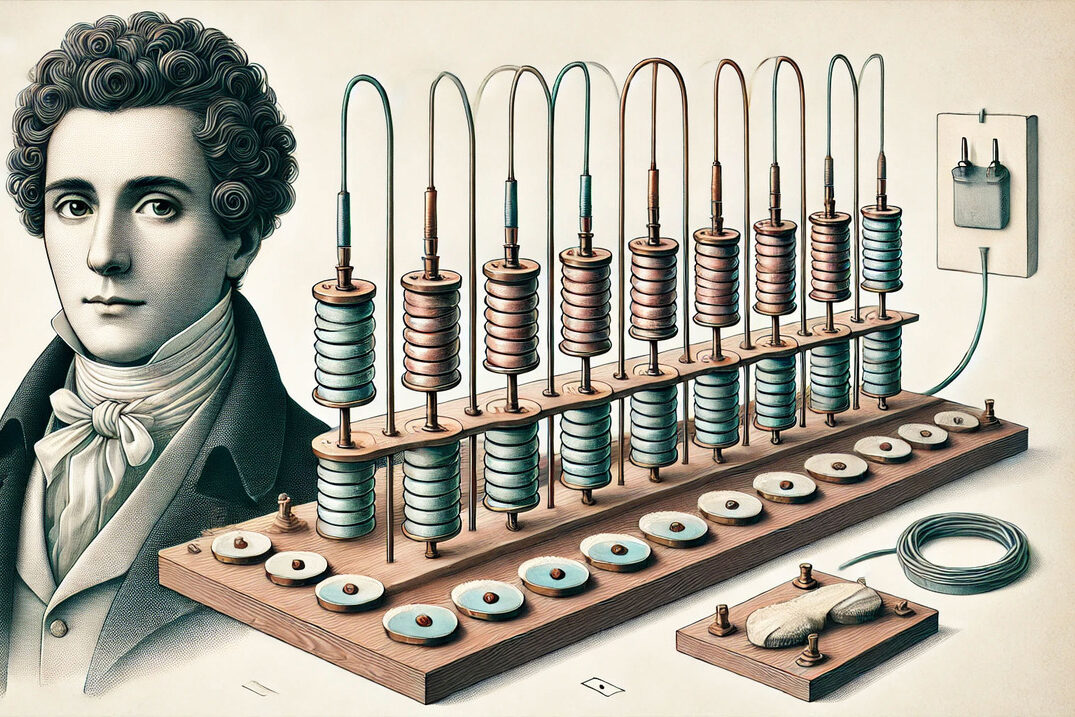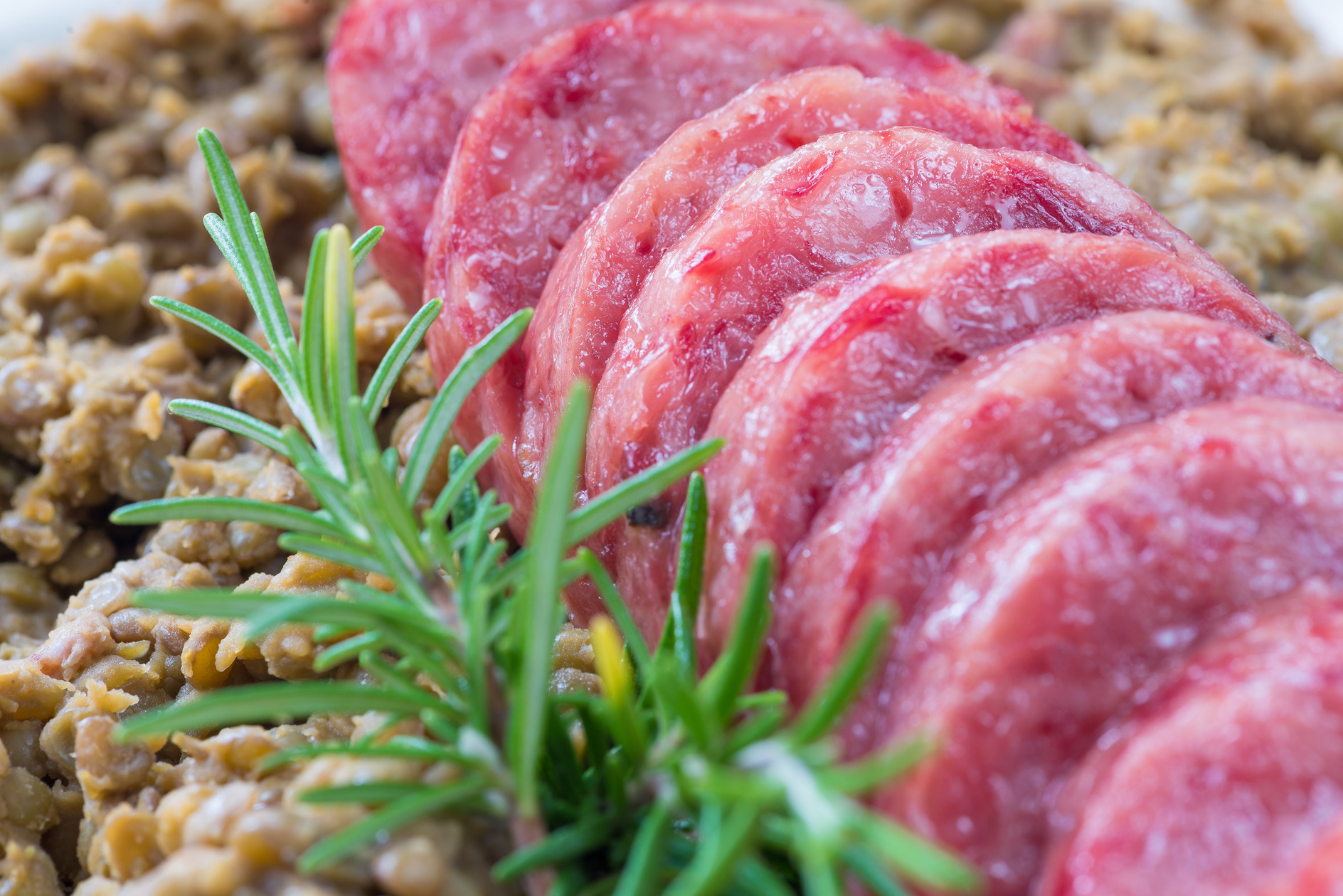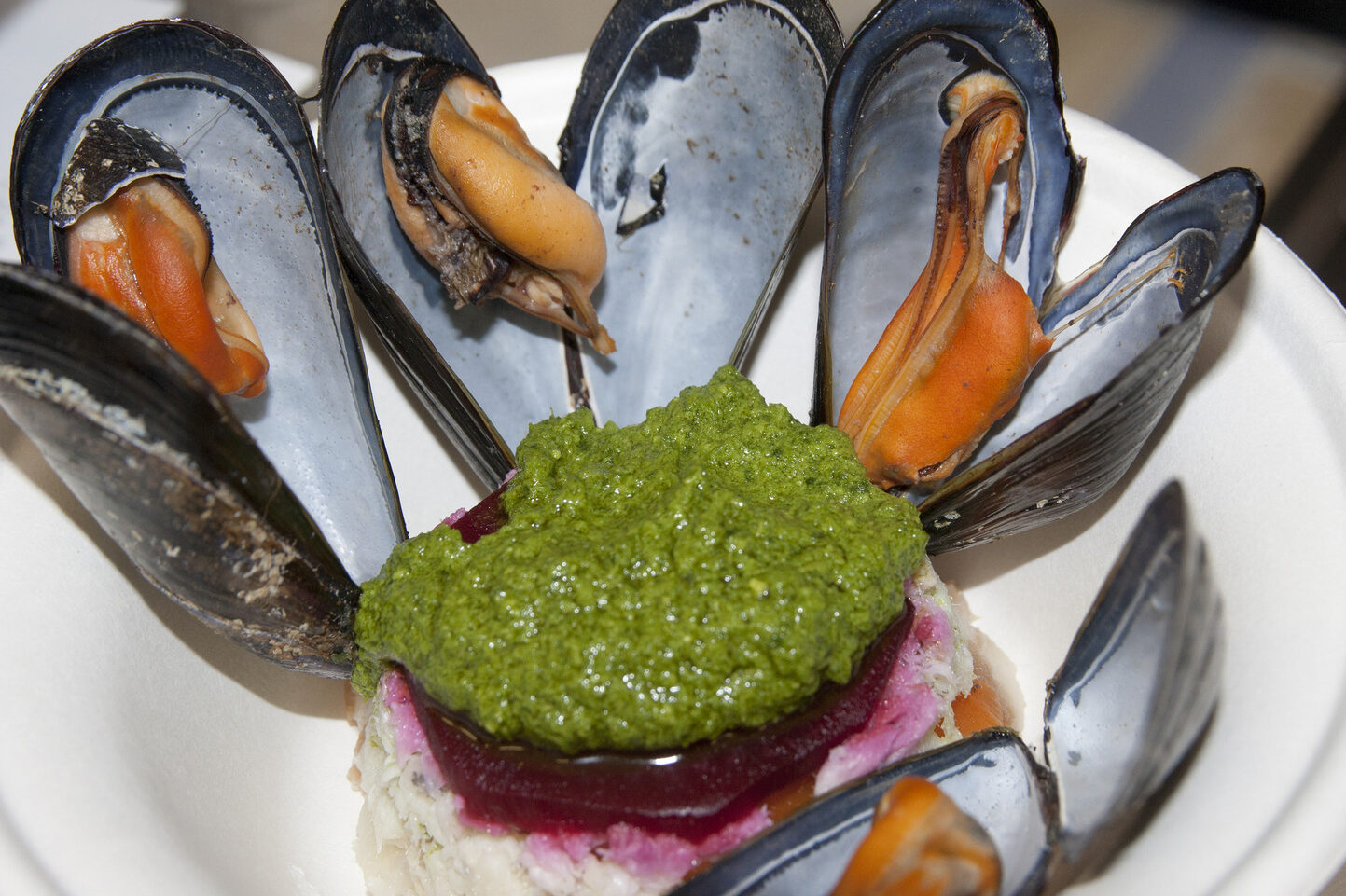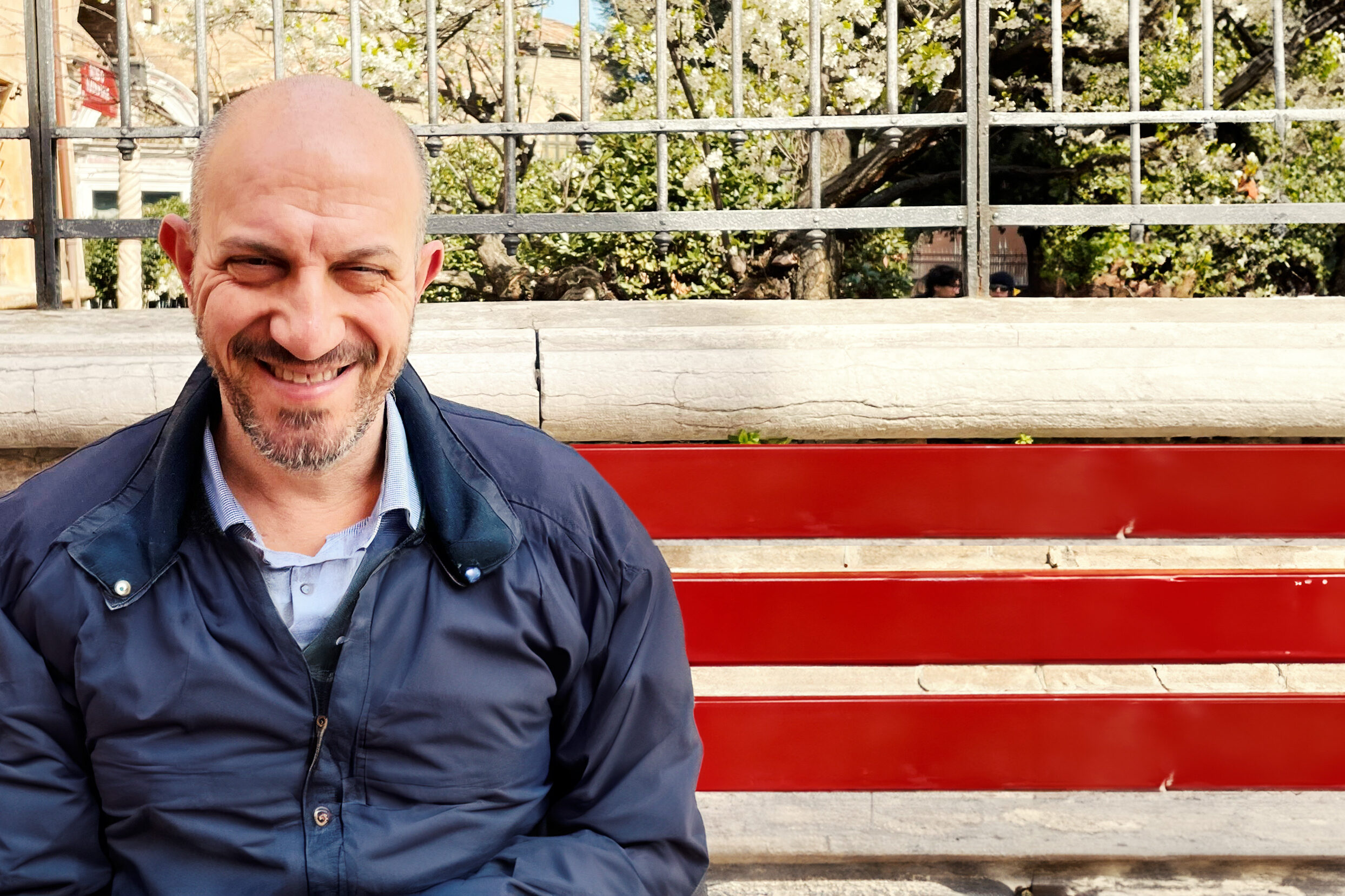When Lorenzo II de Medici’s only child, Catherine, was born in Florence in 1519, he had no idea she would someday be France’s greatest queen. Both he and her mother died shortly after, and she was raised by relatives, who saw to it that she received an education befitting a Renaissance woman. At the age of 14 her uncle, Pope Clement VII, arranged her marriage to Henry, Duke of Orleans, son of King Francis I of France.
Her marriage was a sad one; her husband openly took a mistress Diane of Poitiers; nevertheless, Catherine de Medicis, as she was now known, managed to bear him ten children. Along with them, she raised the future Mary, Queen of Scots, who later married one of her sons, the future King Francis II.
Catherine De Medici, Corneille de Lyon Portrait 1556 ca
Catherine De Medici, Corneille de Lyon Portrait 1556 ca
Catherine became Queen when her husband ascended to the throne as King Henry II. Luckily for France, after he was killed in a joust in 1559, she soon became the de facto ruler during one of the most difficult times in its history. Powerful nobles maintained their own armies, and many had their eye on the throne.
A civil war had been raging on and off since the Reformation, pitting Catholics against the Huguenot Protestants; France was surrounded by potential enemy nations, and the treasury was depleted.
The day after her 15 year old son, Francis II, became king in 1559, the powerful Guise family staged a virtual coup d’état, and restarted the war with the Huguenots. She did her best to make peace, working with both sides, and upon the death of Francis in 1560, was named Governor of France and regent for her nine year old son, Charles IX. Through tireless diplomacy, she managed to bring peace by essentially establishing freedom of religion, a radical idea at the time.
It was short lived. In 1562 the Duke of Guise attacked some Huguenots and restarted the religious wars. The Huguenots then allied with England and began seizing towns. Catherine sent the French army to retake Rouen, and despite the dangers, visited the battlefield, declaring, “My courage is as great as yours!” In 1563, she was again able to bring peace, and rallied both sides to win Le Havre from the English.
The Huguenots broke the peace in 1567 when they ambushed Charles IX, who just barely escaped. Catherine rose to the occasion, laid siege to their stronghold at La Rochelle, and made peace in 1570, again reaffirming freedom of religion. Through more diplomacy, she arranged the marriage of her daughter in 1572 to Henry de Bourbon, a Huguenot and heir to the throne of Navarre. Just after the wedding, one of their leaders, the admiral Gaspard de Coligny, was assassinated. Fearing a bloody uprising, the Catholic side decided to make a preemptive strike, which became known as the St Bartholomew’s Day Massacre. It is still a matter of debate as to whether Catherine had any part in it or not.
She faced yet another crisis two years later, when Charles died and was succeed by his brother, Henry III. The wars continued, and her other remaining son, Francois, betrayed her by forming an alliance with the Huguenots. Again, she sprung into action, and eventually made yet another treaty in 1576. She then spent over a year and a half traveling through France on diplomatic missions to the Huguenots to try and insure lasting peace. This caused problems with the Catholic nobles, one of whom, Henry, the then Duke of Guise, had claims to the throne. This eventually led to the War of the Three Henrys, pitting the King Henry III against the Duke Henry, and Henry of Navarre.
Again, she did her best to make peace, but her son upset things by assassinating the Duke. She was stricken at the news, and died shortly after in 1589. Henry III died several months later, ending the reign of the royal house of Valois, which his mother had devoted her life to preserving. That said, she succeeded in saving France.
Despite all the tragedies and turmoil which were her lot in life, Catherine de Medici continued the cultural traditions of her illustrious family. She patronized some of the leadings painters, sculptors and musicians of her time, accumulated a vast library, established the ballet, and built some of the most magnificent structures in France, including the Tuileries and the Hôtel de la Reine. She introduced the French to haute cuisine by bringing skilled chefs from Italy to prepare her wedding feast.
The greatness of this remarkable woman who saved her adopted country, was best stated by a contemporary ambassador, “She is an indefatigable princess, born to tame and govern a people as unruly as the French; they now recognize her merits and her concern for unity, and are sorry not to have appreciated her sooner.”




